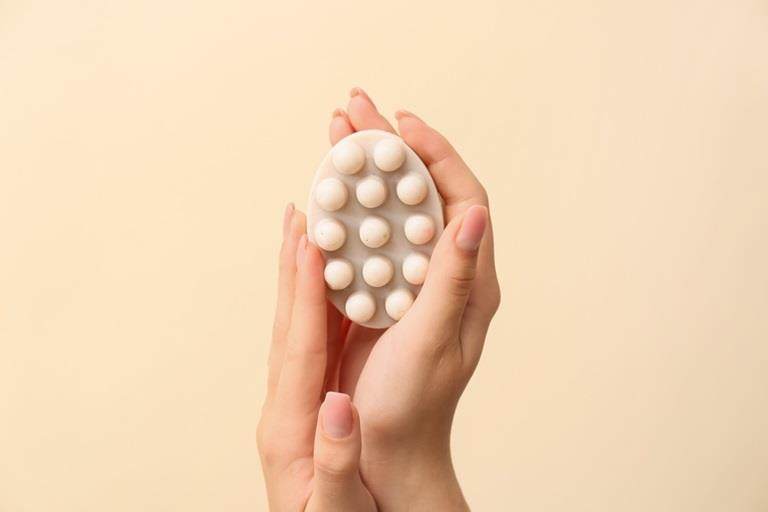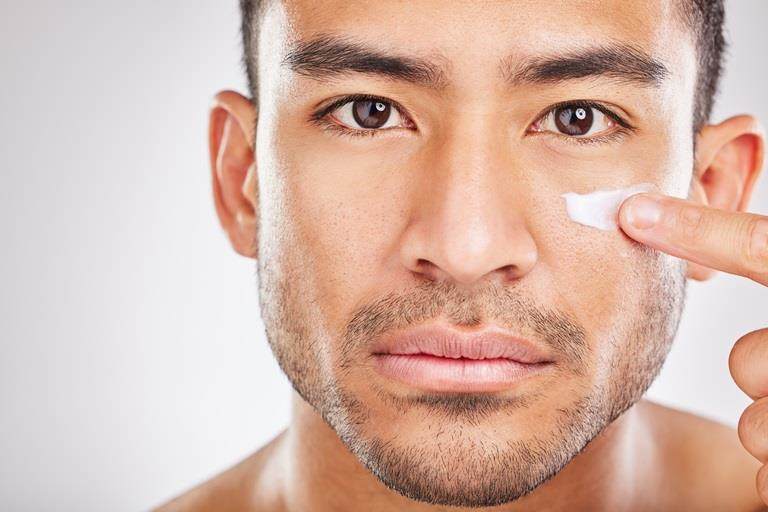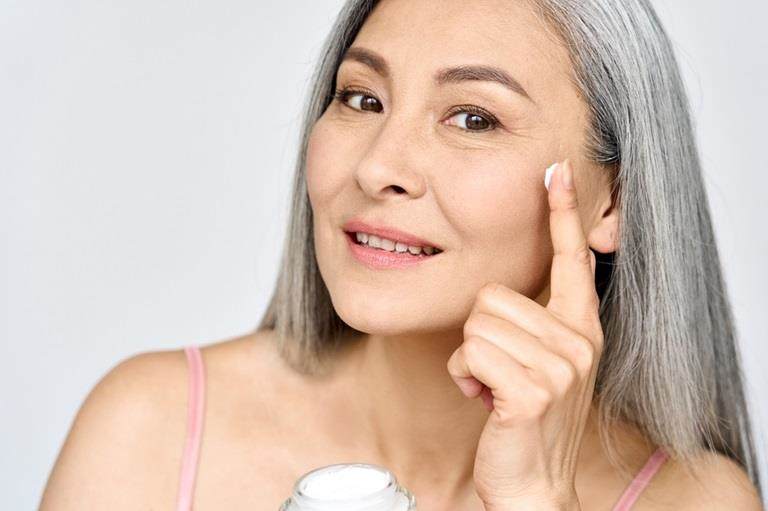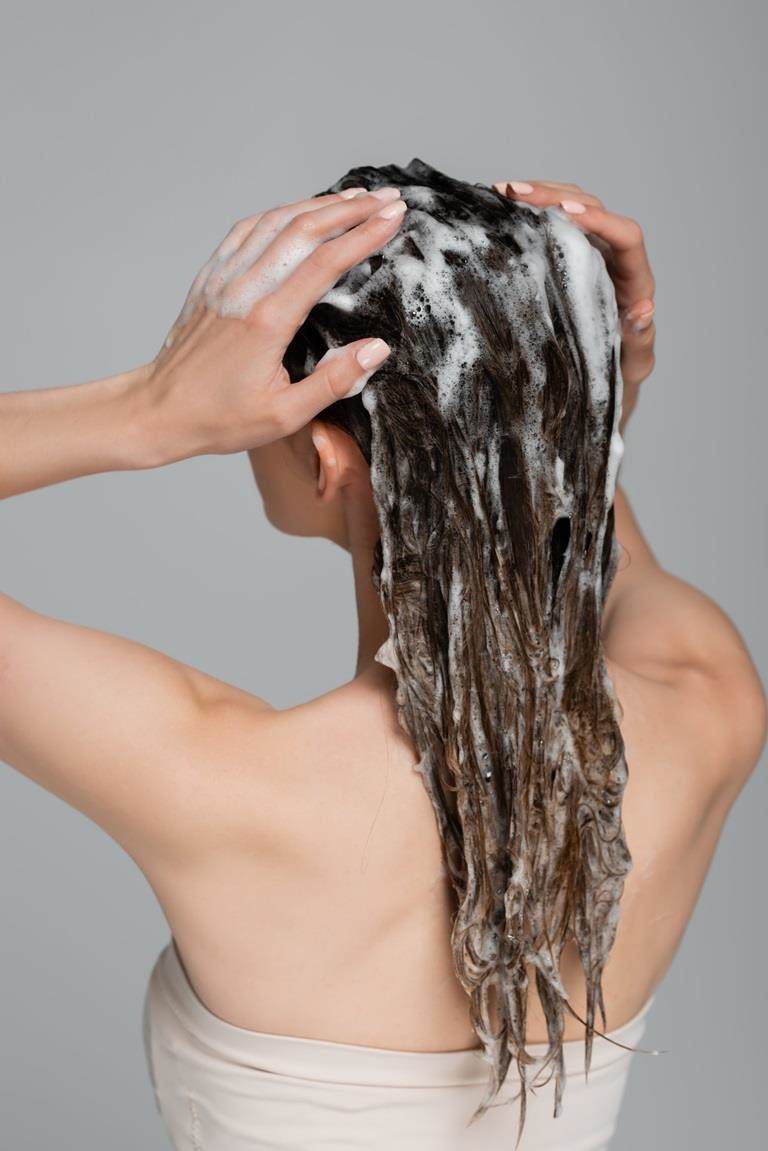What is the biomimetic trend?
The concept of biomimetics, seeking to replicate processes found in nature, is nothing new to the beauty industry, but the term biomimetic has recently escaped the labs and is now on the lips of consumers everywhere.

Chart from Google Trends showing interest in the search term "biomimetics" over time.
A quick glance at Google Trends is enough to see that search activity for the term steadily increased over the past 5 years, before exploding in the first quarter of 2025. The biomimetic trend is rated ‘high’ in WGSN’s Early Signal Score, indicating strong growth and significant opportunity for brands to invest in R&D, ingredient sourcing, and consumer education. But what is driving this sudden interest and what do beauty businesses need to know about it?

What do scientists mean when they call something biomimetic?
The term biomimetic derives from the Greek words "bios" (life) and "mimesis" (to imitate). It signifies an approach which formulates ingredients in a way that the body recognises and can utilise efficiently. This is different from simply using an ingredient extracted directly from nature, as scientists focus on exact functional replication. As such, biomimetic design involves creating compounds that are either identical to those found in the body or capable of activating natural metabolic pathways to signal the production of, or the reduction of, certain substances within the body.
There are two related but slightly different concepts in that definition. In the first instance, we have the principle of imitating nature’s biological structures and processes to develop cosmetic ingredients that either replicate these functions and processes or else signal the production of these natural substances. These ingredients are not necessarily found in the body, but when used in a formulation, activate a natural metabolic pathway.
In the second instance, we have ingredients that are identical to the naturally-occurring chemistry produced or utilised within the body, such as peptides, niacinamides, ceramides, and proteins. Sometimes called “nature identical.”
None of which is new. Most skin and hair care products are biomimetic by default, as ingredients that mimic the skin and hair’s natural functions are some of the most common and popular ingredients in beauty. The formulation challenge is ensuring that these ingredients deliver their intended benefit by reaching their target.
Why the interest in biomimetic as a term now?
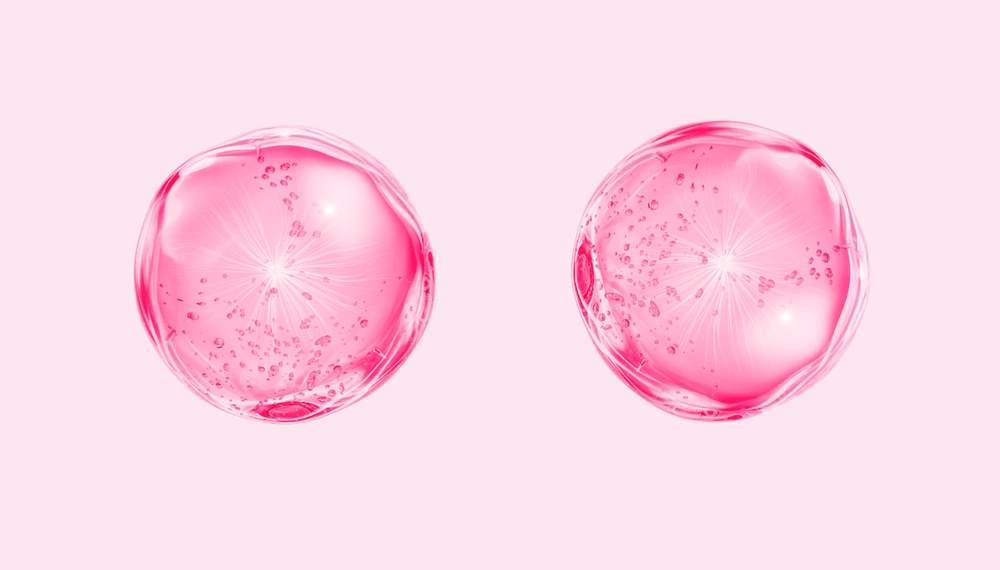
According to WGSN, the main factors driving interest are consumer awareness, a need for marketing claims that differentiate products from competitors and improving biotechnology.
Let’s start with that marketing factor. Clean beauty continues to dominate beauty marketing, as it has done for over a decade. The result has been a saturated market full of products all making very similar “clean” claims. Biomimetic claims offer a way for brands to differentiate themselves from competitors, and sound new, exciting, and innovative to the consumers.
What has enabled this to happen is consumers’ increased sophistication and knowledge of skin and hair care products. In the early days, biomimicry was a concept primarily discussed by cosmetic chemists. Now, thanks to a more informed consumer base, these complex scientific concepts are becoming part of the mainstream beauty lexicon. Consumers are actively seeking products that support their skin barrier, a concept that is fundamentally biomimetic. In hair care, they want “like-for-like” replacement of key hair proteins such as keratin. This shift in consumer awareness means that we have a responsibility to not only create these advanced products, but also to clearly communicate their benefits in a way that is both accurate and accessible.
Biotechnology, biomimetics, and extracts

Clean beauty has been one of the defining trends of the past decade of the cosmetics industry and doesn’t look to be going away any time soon. While it has no official definition, consumers looking to align themselves with the clean beauty trend often look for ingredients which are “natural” due to a perceived belief that “natural” ingredients are safer and more sustainable. This, of course, is not true, but it remains a common misconception. When we discuss an active ingredient in a formulation, whether it is derived from a botanical extract or produced via biotechnology, has no definitive bearing on its efficacy, safety or overall environmental impact.
However, recent improvements in biotechnology have created new avenues for biomimetic ingredients that are nature-identical. These are often scientifically proven to have the same benefits as biomimetic ingredients derived from botanical extracts. In some circumstances, these materials can still be classified as natural or naturally derived according to the ISO 16128:2 standard. This then provides a storytelling way for brands to build trust with consumers looking for “natural” ingredients towards biotechnology derived ingredients.
This is a hugely exciting area of innovation, which we discussed recently with Cosmetics Design Europe.
Nature-identical lab-grown ingredients give brands some additional options for addressing the sustainability and ethical concerns of consumers. A terrific example is our recently launched KeraBio™ K31. Derived using a biotechnological production process, the end molecule is identical to keratin but, unlike traditional sources of Keratin, it is non-animal derived and therefore ideal for vegan-suitable claims.
The target audience for biomimetic beauty
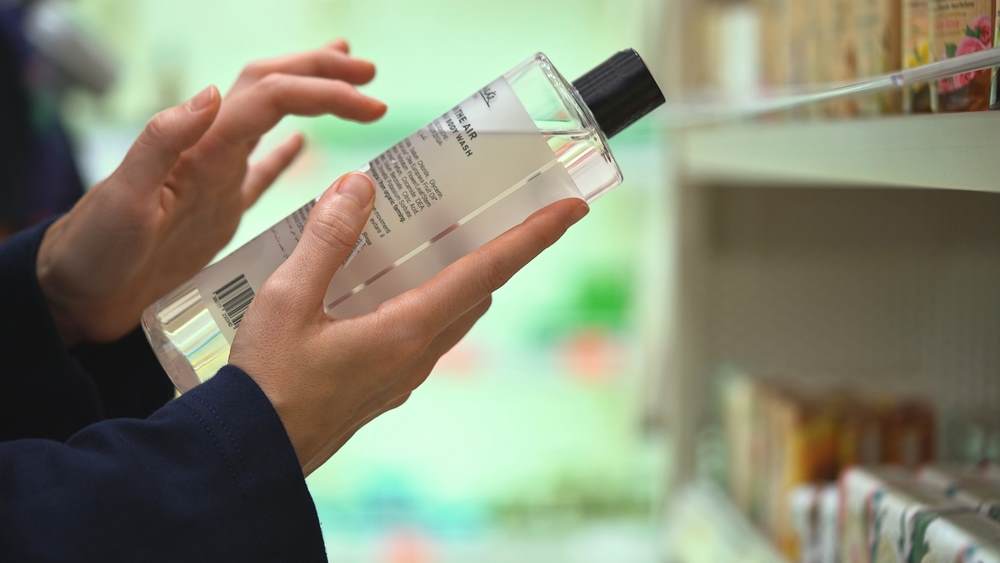
The appeal of biomimetic beauty extends across a diverse consumer base, but it is particularly compelling for specific demographics and product categories:
- Individuals with sensitive or compromised skin: The inherent "bio-affinity" of some biomimetic ingredients makes them more likely to be tolerated by sensitive or reactive skin types. These formulations work in concert with the skin's biology, minimising the risk of irritation and supporting barrier repair.
- The ageing demographic: Modern consumers seek products that support skin health and longevity rather than simply "anti-ageing" solutions. Biomimetic actives, such as signalling peptides, align with the "slow-ageing" philosophy by stimulating the skin’s natural restorative and protective mechanisms, which decline with age.
- Science savvy: A growing segment of highly engaged consumers across skin, hair, and sun care who actively research and understand ingredients, product mechanisms, and clinical/performance data. They treat beauty shopping less like a choice based on branding or traditional claims, and more like a scientific investigation.
Key considerations for the biomimetic trend
To effectively leverage the biomimetic trend, formulators must consider several technical and market-related factors.
- Functionality over source: The core of biomimicry is the functional replication of a biological mechanism, not the ingredient's origin. A synthetically produced peptide is a classic example of this; it is engineered to perform a specific biological function with greater precision and stability than a natural extract.
- Strategic formulation and delivery: The success of a biomimetic active ingredient is contingent upon its delivery system. Formulators must design a vehicle—such as a lamellar emulsion—that facilitates seamless integration with the skin. This ensures optimal bioavailability and enhances the sensory experience of the product.
- Narrative and market positioning: Biomimicry offers a compelling and scientifically robust narrative with a clear value proposition to the consumer: the product is developed to communicate with the skin/hair in its own language. This narrative is a powerful tool for building brand authority and consumer trust.
Biomimetic ingredients
5 items available
Croda ingredients which meet the biomimetic beauty trend
Perhaps the most iconic biomimetic ingredients in skin care are our Matrixyl ™ range. Utilising matrikines, peptides which act like messengers to other cells to repair the tissue matrix (hence the name), Matrixyl has been at the forefront of biomimetic skin care for more than 25 years.
Other products include: BB-Biont™ which promotes the rebalance of the cutaneous microbiome; Collasurge™ a nature-identical collagen for use in skin and hair products; and our SphingoCare™ range, a range of ceramides and sphingolipids with varied effects in skin and hair, primarily derived from biotechnology.
On the hair side we have the aforementioned bond builder, Kerabio K31. Silverfree™ is a biomimetic peptide that supports the progressive restoration of the original hair pigmentation. Cutissential™ 18-MEA 40 is a quaternary conditioning agent that replenishes lipids on the hair’s surface using a biomimetic action, restoring the hair’s natural hydrophilic state.
That’s just a small selection of the biomimetic ingredients we offer.
Formulations with biomimetic ingredients
Formulating for biomimetic beauty
If you’re looking for formulations that spotlight Matrixyl we have the Pure youthfulness cream with two peptide-based ingredients Matrixyl 3000™ and Dermaxyl™, both are included to visibly reduce the appearance of wrinkles. This Age-defence sensible sleep cream contains both Matrixyl Synthe’6™ and Repulpami™ EC , which are proven to reduce signs of ageing and improve skin elasticity. Our Morphomics massage stick is a solid stick format that helps to precisely deliver Matrixyl Morphomics effectively on the targeted area, such as frown lines, marionette lines, nasogenian fold and crow’s feet.
For our SphingoCare range you could try the Acidic cream with Ds-Ceramide Y30-HP, an acid pH facial cream designed to first exfoliate the skin and then restore the skin barrier. This skin cream uses a mix of four ceramides for the ultimate in skin hydration and repair.
BB Biont stars in our Pixel perfect serum that is aimed at counteracting skin dysbiosis and smoothing the appearance of pockmarks. Or, we have the Glow the distance foundation SPF 30* that not only provides sun protection in this smooth and dewy foundation but also is aimed at actively healing the skin from the inside-out.
For hair, we have our CC cream to help deliver 10 benefits-in-one; shine, smoothness, repair, nourishment, anti-frizz, UV protection, manageability, strength, and anti-breakage. Cutissential stars in this Lipid replenishing mild sulphate free shampoo which provides ultra-mild cleansing with a biomimetic route to lipid replenishment of the hair’s surface.
*SPF regulations and claims vary by country. Information and formulations provided in this blog are provided for inspiration and may not reflect the specific labelling, testing or marketing requirements in your country/region. Such Information and formulations should not be relied upon for the purposes of making statements about SPF. Croda formulation pages contain more information about the specific testing conducted and the country/location of the laboratory that has created the formulation. Always refer to your local regulatory guidelines for accurate SPF claims.

.jpg&mn=beauty&w=768&xr=0&yr=0&xfp=6&yfp=6&hash=52F7E12C58BA54ADFCF156A322CA0BA919C138999FEC74AA)

.jpg&mn=beauty&w=768&xr=0&yr=0&xfp=6&yfp=6&hash=55441E1A4912CAA402B044B78739509319C138999FEC74AA)




